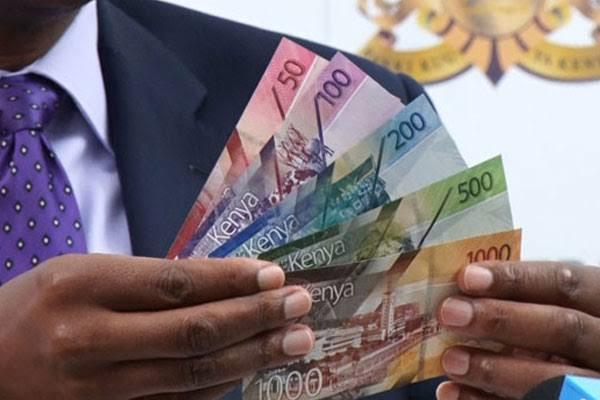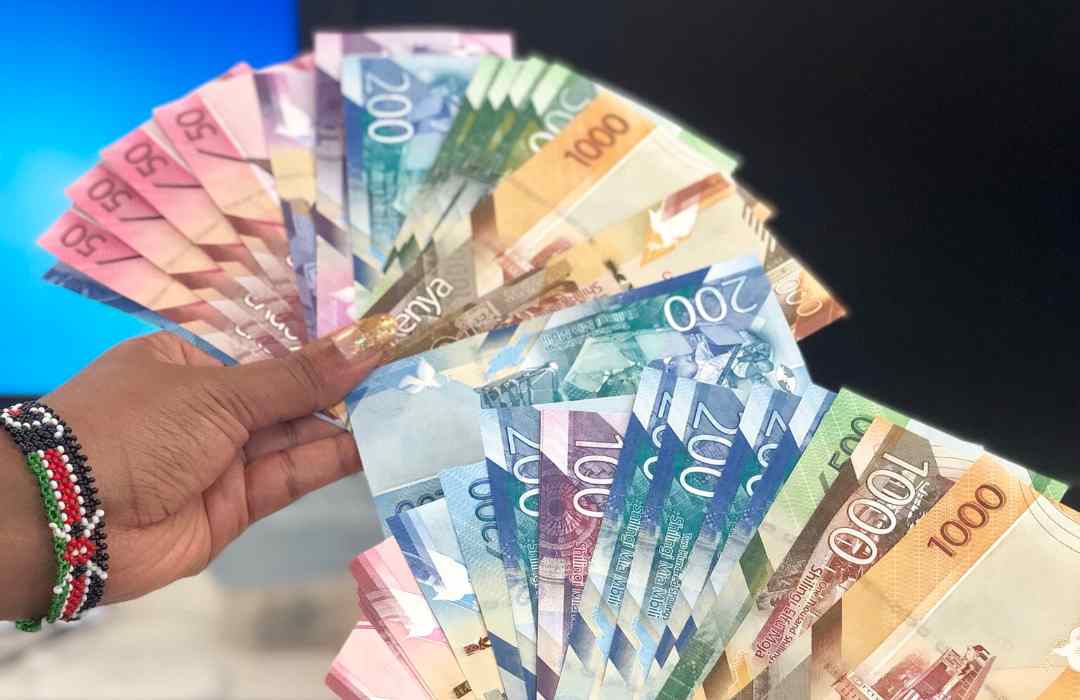- Despite Kenya being a recognised Republic for only over 60 Years, a rich tapestry of culture and people has existed within its borders for centuries.
- With the arrival of the British there was need to incorporate a system of trade that placed a fixed value on an item, a Currency.
- As early as 1905, the Indian rupee was the standard currency.
- Following Kenya's independence in 1963, CBK began its independent minting journey, giving us a variety of currencies including the unpopular 'Lucy'.
The Republic of Kenya has been a recognised state for only over 60 years. There existed however, a rich tapestry of culture and people within its borders for centuries, prior to colonial and missionary entourages setting foot in the great plains.
Close-knit communities traded with one another, they had to, exchanging goods for other goods in a swap system of trade called barter. A seller could present a goat and hope to trade it for a bag of maize or beans, with the value of an item being decided by the individual and often arbitrary.
With the arrival of British explorers, gunning to establish a footprint in East Africa and subsequently establish a protectorate in the late 19th century, there was need to incorporate a system of trade that placed a fixed value on an item. A currency had to be developed.
By the 1900s, the British already had a solid presence in Africa and had begun to transform the savannah into a bustling metropolis that closely mirrored home, Great Britain. Kenya was an ideal location, a part of the British East African protectorate (Kenya, Uganda, and Tanzania).
As early as 1905, the Indian rupee was the standard currency of the Protectorate, given its popular trading capacity along the Kenyan coast. This, a result of the largely dependent monsoon trade with India.
Read More
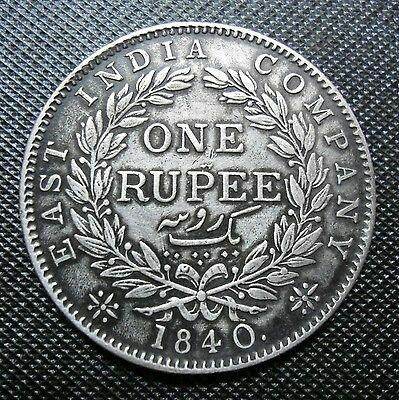
Post-World War 1, the East African Currency Board (EACB) British East African Company, began coining the Florin in the 1920s to replace the rupee. The Florin would be of the same size and shape as the rupee and was hoped to make an easier transition from the rupee to the shilling in the future. The Florin held dominion in the East African colonies for just a year before being replaced by the East African Shilling.
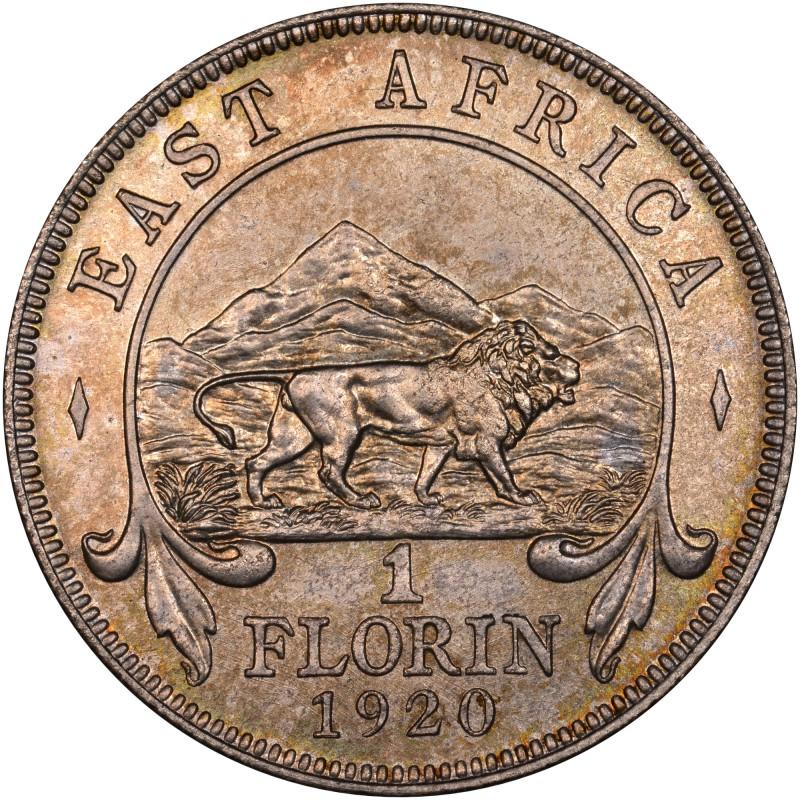
These notes bore the portraits of Queen Victoria, Queen Elizabeth II, King George V and other royalty figures from Great Britain. The coins, on the other hand, had a hole in the middle, so they could be strung together for ease of carrying around.
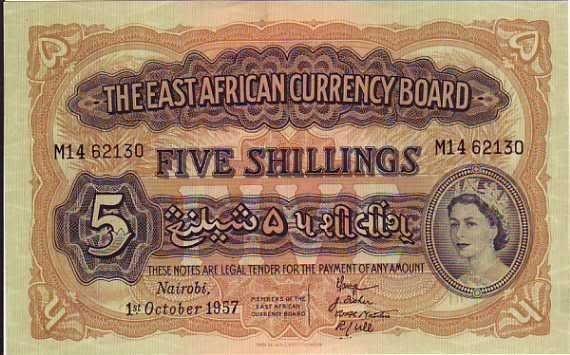
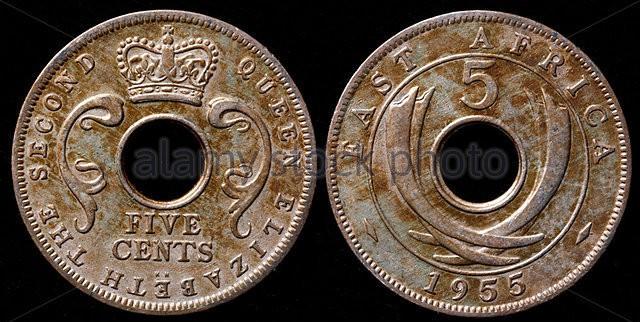
After independence, the official East African Currency Board, responsible for managing the currencies of the colonies, undertook a redesign of the recognised monies. Following Kenya's independence in 1963, new coins were minted in 1964.
They were of 5 cents, 10 cents as well as notes with values of 5, 10, 20, 100 shillings. These were the final coins distributed by East African Currency Board before it's dissolution and subsequent replacement by the Central Banks of each colony.
The Central Bank swiftly began printing and minting state currency in 1966 with denominations of 5, 10, 20, 50 and 100 shillings all bearing the first president's face and different economic activities in Kenya behind each note.
The currency minted and printed by Central bank became the first in Kenya's history to use swahili and English languages for its citizens.
From 1979 when Mzee Moi, Kenya's 2nd president took the helm of power, he replaced Kenyatta's face with his own in a new currency series. His image remained until 2005 when the Central Bank restored Kenyatta's portrait.
In 2002, when Mzee Mwai Kibaki won as Kenya's 3rd president, breaking a 24-year streak by his predecessor, he had a 40 shillings coin minted bearing his face. The coin, nicknamed 'Lucy', was met with criticism and backlash by many as he had promised not to use his image and/or name on any currency or public utility such as roads.

The 40-shilling coin was meant to celebrate Kenya's 40th independence anniversary.
By 2005, Kibaki had already removed Mzee Moi's portrait from all of Kenya's notes, replacing them with that of Kenyatta.


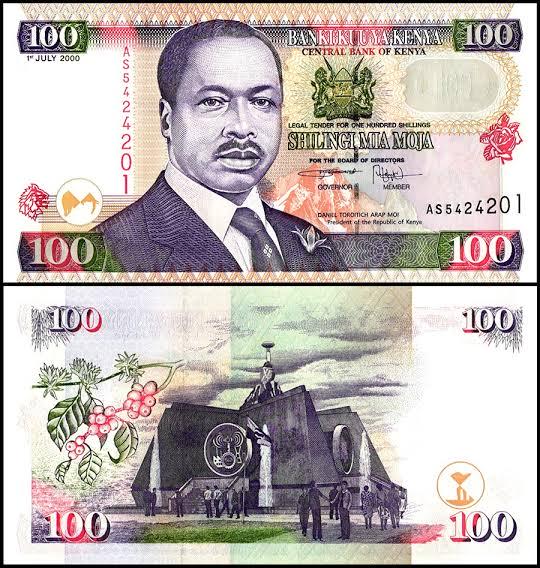
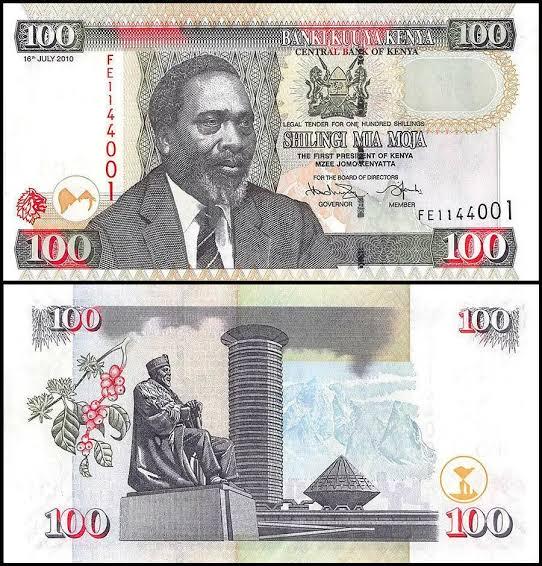
By the turn of 2010, Kenya had voted in a constitutional referendum with a determination to rid the Kenyan currency of individuals' portraits, as some Kenyans saw this as an attempt by their former leaders to promote themselves and personalize the state and its assets.
By December 2018, Uhuru Kenyatta's government and the Central Bank of Kenya unveiled a new generation of the Kenyan currency that became commonplace by 2019, gradually phasing out the old currency.
The move was meant to respond to and tackle corruption and the influx of counterfeit money into the Kenyan market.
The design of the new notes was, however, met with outrage from a section of Kenyans who protested the image of Kenyatta's statue on the notes. They argued that this contravened the constitution's stipulation against using an individual's image on the currency.
The notes were made in 50, 100, 200, 500 and 1000 denominations, each bearing a different hue and length and embossed with a variety of features to easily identify them.
